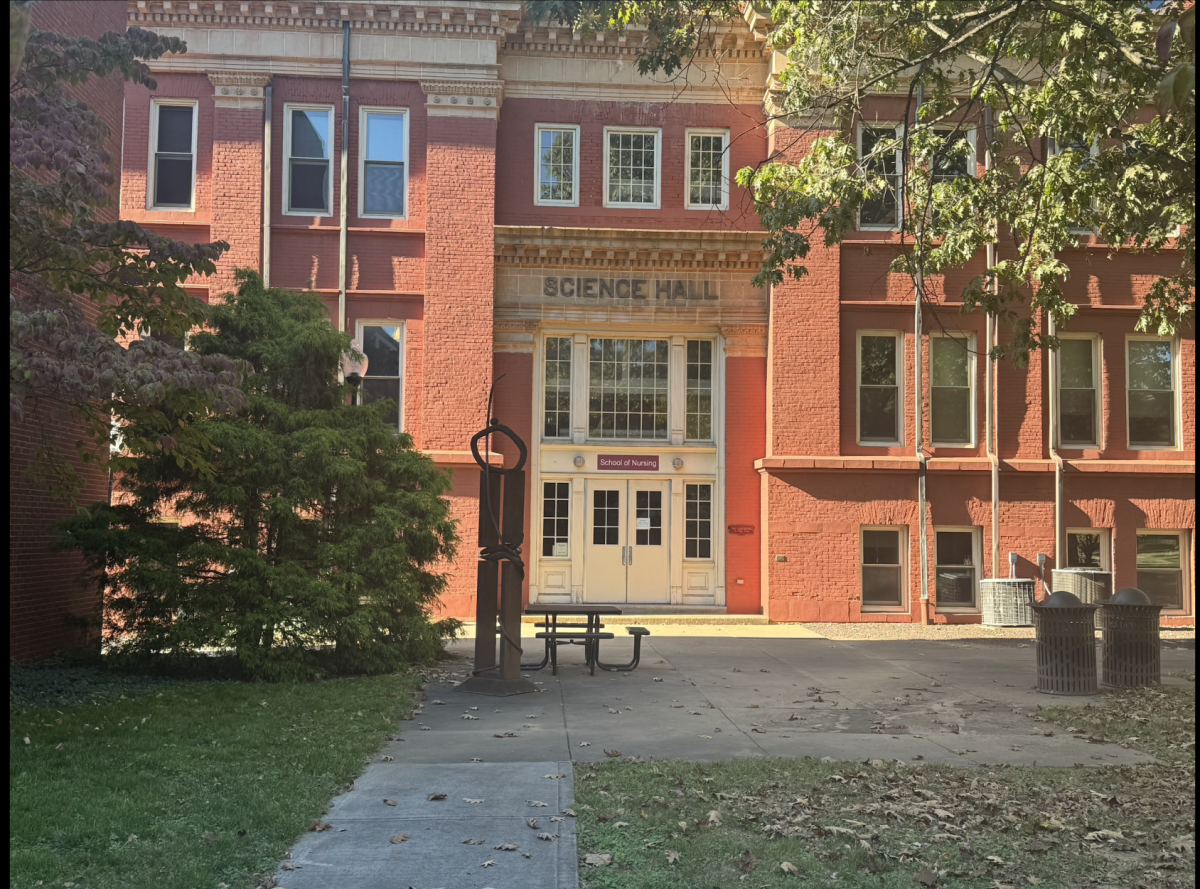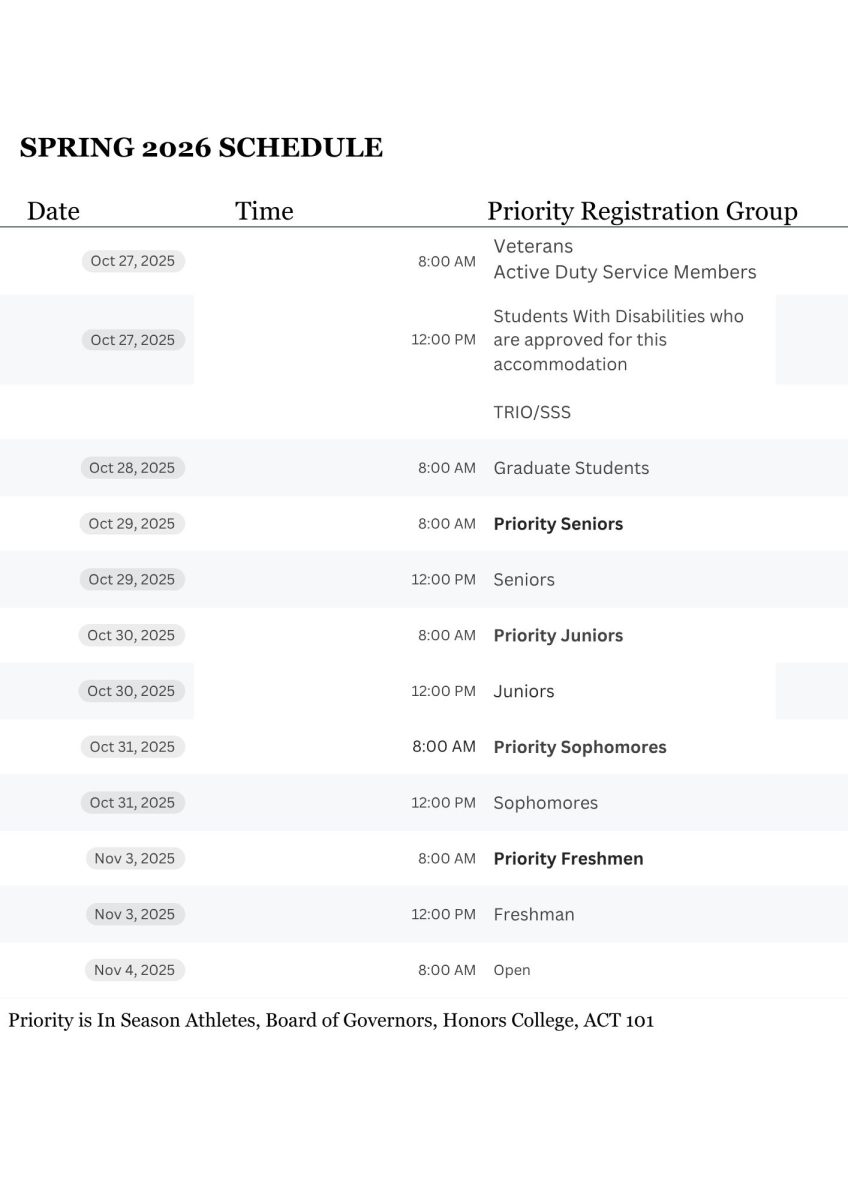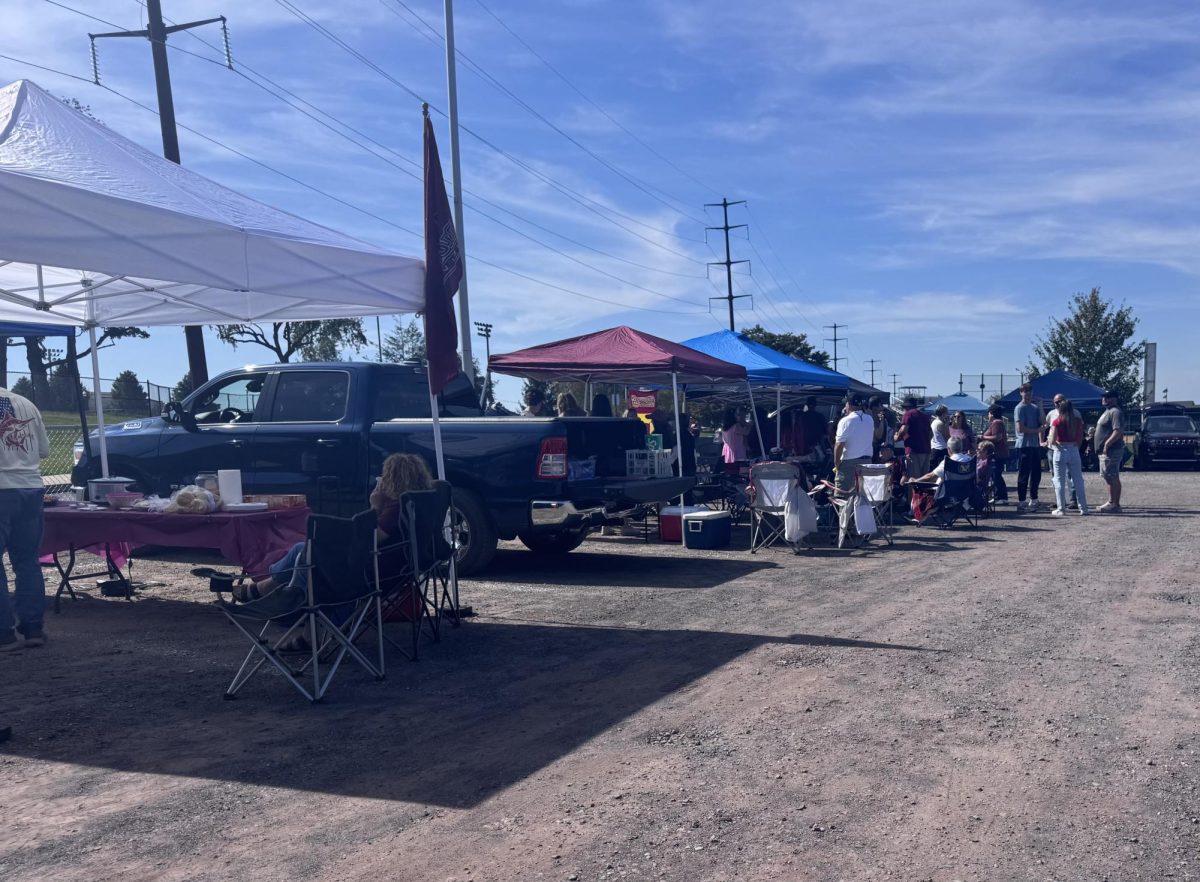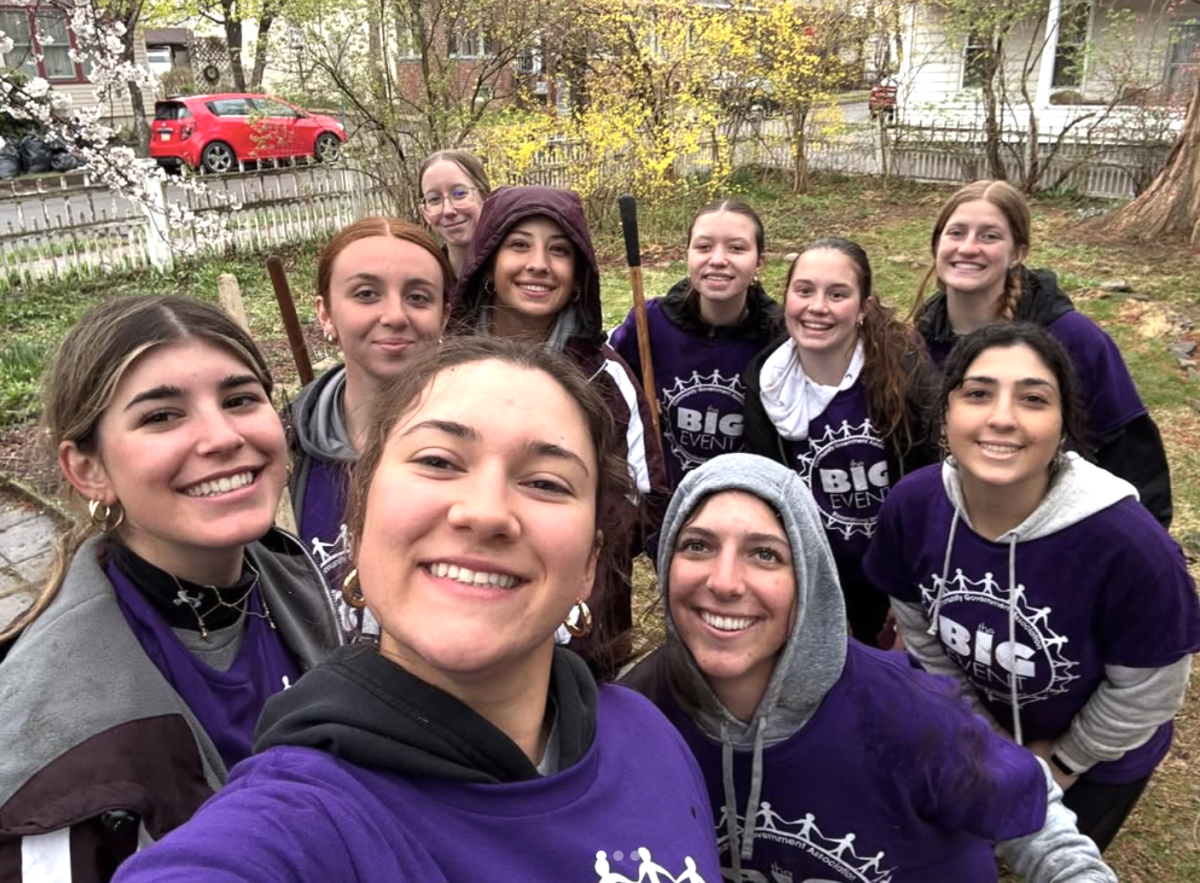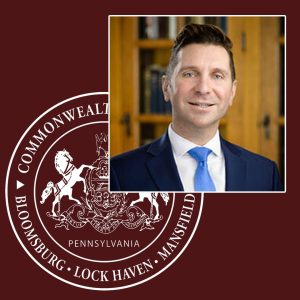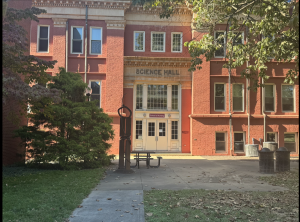The Real Cost of Drugs On Campus
September 1, 2022
For years, Bloomsburg and the surrounding areas have seen an increased use and circulation of drugs. Unfortunately, our campus has been feeling the weight of this increasing scourge of dangerous substances.
The tragedy of Edward Heckler makes the reality of the situation all the more dangerous. Events like this sent shocking revelations through the campus and now leave students wondering: What can we do? How can we be safe? What should we be on the lookout for? Who can we turn to and what resources are provided here at the University?
To understand, we have to look at the source of the problem. College is a big lifestyle change for students and the mental strain can make drugs and alcohol more appealing to students who now find themselves on a campus of over 8,000 others.
Students who might feel the pressure or the effects of drug use can turn to the University Service of Alcohol and Other Drug Prevention and Intervention (A.O.D.). Director Margeret Hahn heads the service.
The A.O.D. provides services to students from educating the campus population to being a presence for those who might be struggling with substance abuse. Signs of abuse can include missing class, sleeping a lot, unresponsiveness, and vomiting.
Hahn’s first step in seeking help is being a caring friend to those in need of advice. They offer curriculum-infused teachings as well as group sessions. They reach students who might be using substances through the use of their Husky P.A.W.S or Peer Assisted Wellness Services. P.A.W.S is made up of undergraduate students who promote healthy choices in the campus community.
The Collegiate Recovery Program (CRP) aims to offer students who have had substance abuse problems a safe environment by providing educational opportunities and recovery support. Data shows there is between 7 to 8 percent of college students in recovery from substance abuse disorders. The goal of CRP is to give them that support, from groups, individuals, and activities. Hahn emphasized that the University cares about student health and wellness.
The AOD wants to bring awareness to other dangers students can face on campus. Offering thought-provoking questions when at gatherings like, “Am I with friends who care?” “Where did this drink come from?” “Who Poured it?” These questions raise awareness to the many fears of students across the campus, such as the risk of spiked drinks.
Bringing your own drink as well as maintaining eye contact with and never leaving it unattended is highly recommended in preventing it from being spiked. Also, balancing drinks with nonalcoholic beverages and smaller servings of mixed alcoholic drinks is also recommended. This could lessen the possibility of over-consumption.
When asked about unknown and neglected side effects of substances Hahn mentioned the long-term effects. Students can view things such as Cannabis as “a better drug.” While alcohol can affect emotions and create irrational behavior, in her experience she has seen students who don’t see cannabis in the same way, saying they are “forgetting the long-term effects.”
With heavy use, mental repercussions can result, such as higher rates of anxiety, depression, and stress. In her words, “You’re sitting here healthy and next you could end up dead from an overdose. Marijuana can get you too but it’s sneaky like a snake.”
Being caught on campus with such substances can result in heavy fines. Before you partake in drinking or other substance-related activities on campus, ask yourself, “Can I afford the citation?”
When around substances such as alcohol and cannabis, one has to have safety as their number one priority. Overdoses are becoming more and more common. One of the more hidden dangers is drugs laced with fentanyl.
Chief Scott Price of the Bloomsburg Police department stated, “The proliferation of Fentanyl laced illicit substances is a growing nationwide problem and claims in excess of 100,000 lives annually. In the past few weeks, we’ve become aware of a number of overdoses in Bloomsburg and the surrounding communities which presented similarly and are likely the result of Fentanyl ingestion/inhalation.”
As well as offering his condolences to the family and friends of Edward Heckler, Price made it a point to mention that Fentanyl poses a high overdose risk partly due to unpredictable fatal dosages when mixed with other drugs.
According to the CDC, Fentanyl is 100 times more potent than morphine and many times more than that of heroin. When added to other drugs, it makes them cheaper, more powerful, more addictive, and dangerous.
Signs of an overdose include pinpoint pupils, altered consciousness, respiratory issues or slowed breathing, limp body, cold skin, cyanosis primarily in the lips and nail beds which look bluish in appearance. If an overdose is suspected, call 911 and emergency services immediately, and if available, administer Narcan or Naloxone.
Chief Price writes, “Try to keep the person awake and breathing. If unconscious, lie them on their sides in the rescue position to prevent choking or aspiration and remain with the person until first responders arrive.”
Hahn and Chief Price both made reference to the Medical Amnesty Law. This states that in the instance of an overdose, a person of good faith who believes to be the first to call 911, will be immune from prosecution if they: give their name and stay with the individual who overdosed in order to prevent death or serious injury.
Jeremy Reese, the Columbia County Coroner, was asked about how many cases he sees annually as a result of substance abuse. He answered, “22 to 30 a year.”
This is within Columbia County alone, with most cases a result of Fentanyl. Reese has first-hand witnessed the destructive power of some of these substances.
Mr. Reese expressed, “These are chemicals that were never meant to be put into the body and clearly break down every organ in your body.”
Effects can range from skin breaking apart, heart disease, kidney damage, and not to mention the tool it takes on those around you. Families dealing with frustration over the lack of control and trying to find help for their loved ones. “There is no shame in asking for help,” said Reese.
Far too often do we see the effects alcohol and drugs can have on bright, young, and healthy minds. Before you go to that party on a Friday night ask yourself. Can you afford the risks? Think about the toll it can pose on your body and those around you in the future. Can you live with the side effects? What is at stake? The resources are there, not only to help but to educate.
Don’t be afraid to make that call, who knows it might just save a life.


